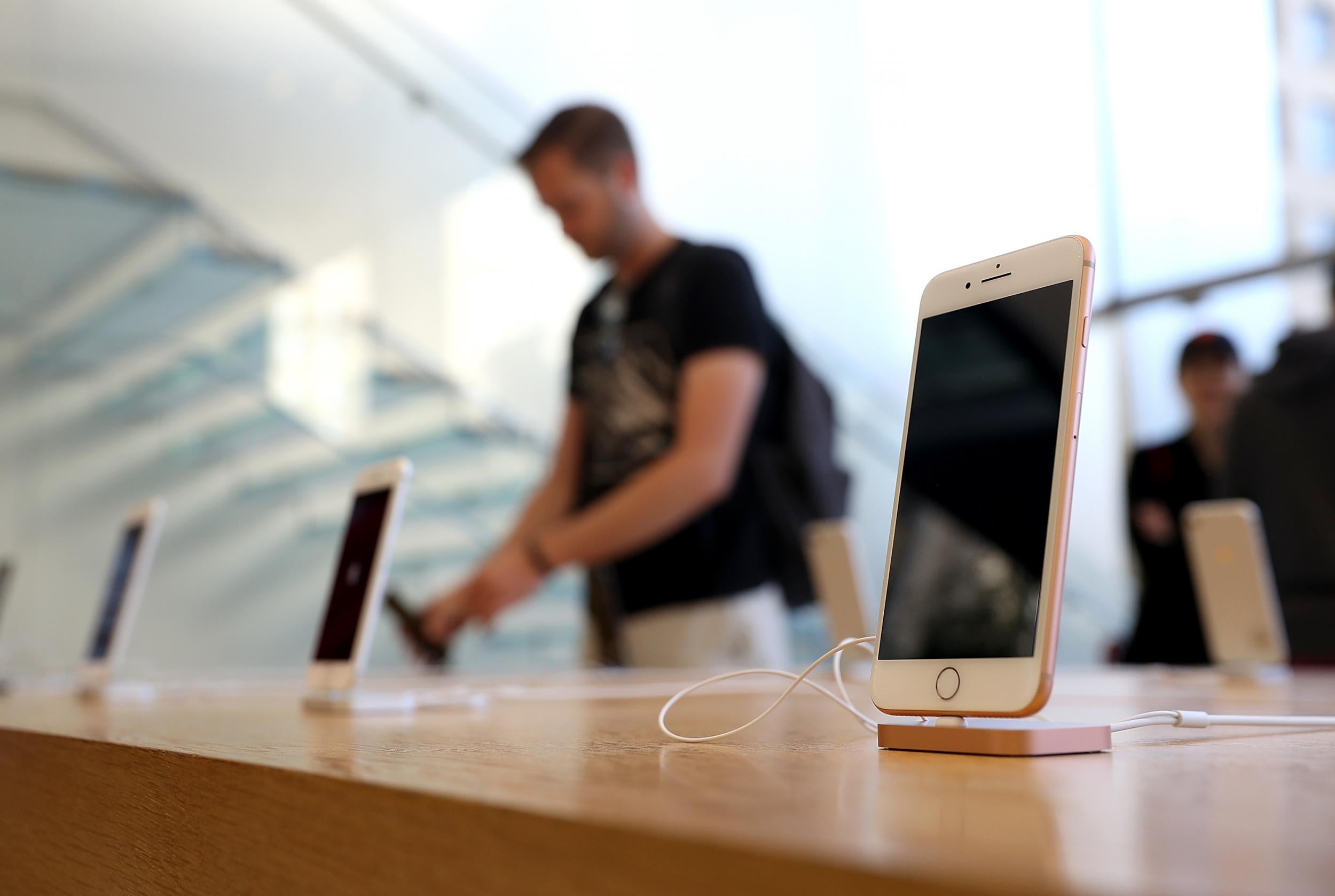iPhone two factor authentication: The one security feature you need to turn on right now
It takes just a minute, and it could save your digital life

If you do one thing to your phone today, it should be this: make it properly secure.
A scam circulating around the internet shows how disturbingly easy it is to steal your iPhone password. And it's also a reminder of how important it is to take steps to stop that happening.
The most important way of doing that is to turn on two-factor authentication, which is also known as 2FA. And it exists to make sure that nobody can get into your iPhone or other Apple products, without your say-so.
Apple unveils the iPhone X
Show all 10Two-factor authentication works by doing exactly what it says in the name: requiring not just one way, like a password, to get into your account, but something else as well. That means that your reliance on your password is reduced, and it makes it much more difficult for someone to infiltrate their way into your account.
On iOS, it's switched on by heading to the password and security part of settings and switching it on; on the Mac, it's done in the iCloud settings in the System Preferences app. In both cases, Apple will guide you through the steps to setting it up.
Once it's switched on, you won't be able to sign in without providing two pieces of information. Usually, that will be a verification code that is sent to all of your other signed-in devices – and you can use any other Apple product you're logged in to.
Apple's implementation doesn't just keep your account safe. It also alerts you to any potential break-ins and even tells you where they're coming from.
Whenever someone tries to log in with your password, an alert will pop up on your other devices, which you can use to log in. But that same alert includes information like the device and location of the person who's trying to get in – not only is that useful for knowing when you should change your password, but you might also find out who's stolen your old one.
Almost every significant app has two-factor authentication enabled – and you might argue that you can't really trust any that don't. Here are tips for enabling it on Instagram and on WhatsApp, for instance.
Subscribe to Independent Premium to bookmark this article
Want to bookmark your favourite articles and stories to read or reference later? Start your Independent Premium subscription today.

Join our commenting forum
Join thought-provoking conversations, follow other Independent readers and see their replies